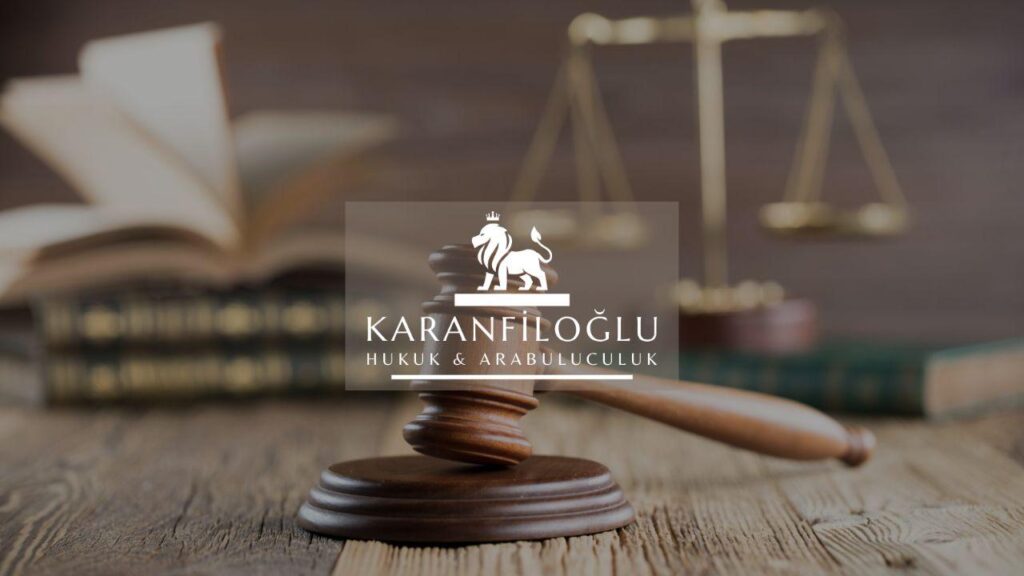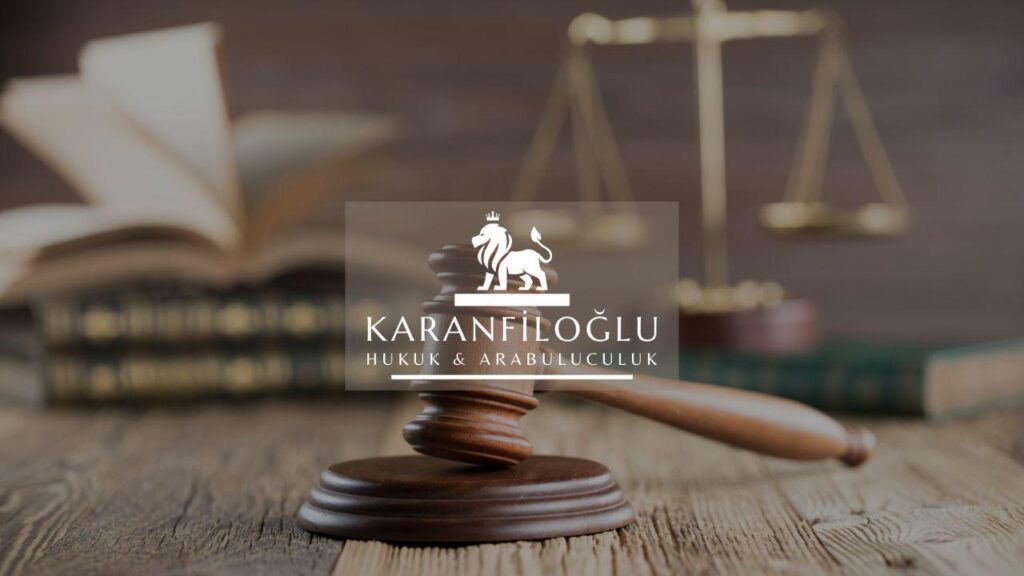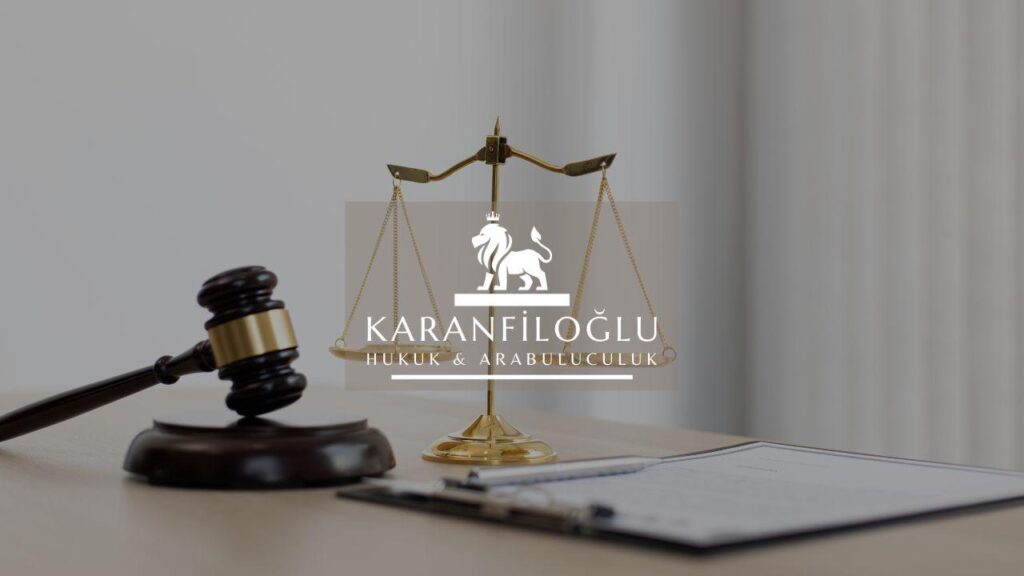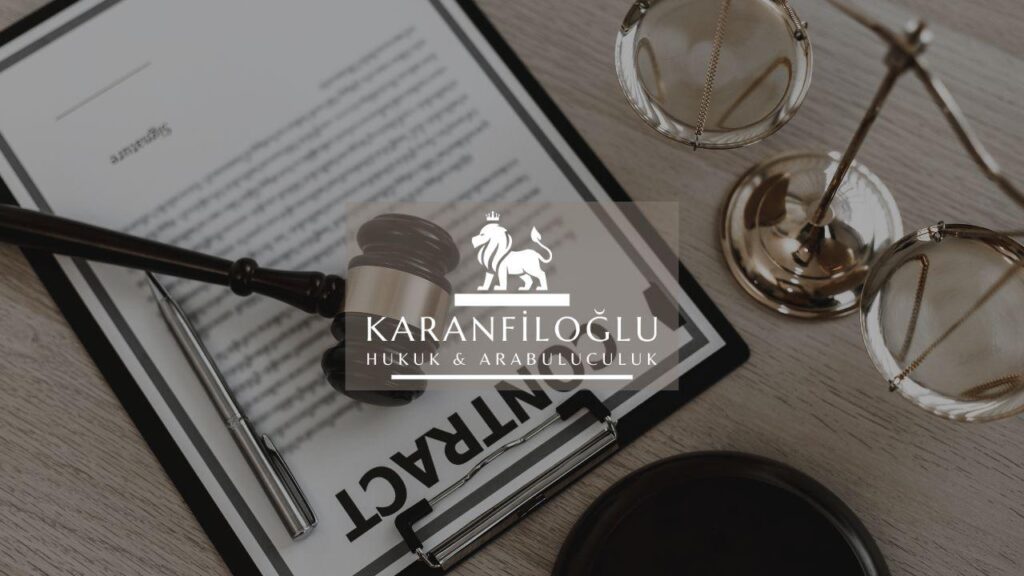Filing for bankruptcy in Turkey is a structured legal process governed by the Turkish Execution and Bankruptcy Law (EBL), specifically outlined in Articles 154 to 178. At Karanfiloglu Law Office, we provide comprehensive legal services to navigate this intricate procedure. The process begins with a voluntary or involuntary petition submitted to the Commercial Court, followed by an in-depth examination of the debtor’s financial status. Our expert attorneys assist clients in preparing necessary documents, including financial statements and creditor lists, as required by Article 162 of the EBL. We also ensure compliance with any procedural requirements stipulated under Article 156, which include aspects like asset liquidation and creditor meetings. Trust our experienced team to guide you through each step, ensuring adherence to all legal obligations, thereby safeguarding your interests while working towards financial rehabilitation or organized debt settlement.
Understanding Different Types of Bankruptcy in Turkey
In Turkey, the legal framework differentiates between various types of bankruptcy to accommodate the specific needs and circumstances of debtors. Principally, there are three main categories: voluntary bankruptcy, involuntary bankruptcy, and concordat. Voluntary bankruptcy occurs when a debtor proactively files a petition to declare their inability to pay off debts, invoking Articles 177 and 178 of the EBL. In contrast, involuntary bankruptcy can be initiated by creditors if certain criteria under Article 154 are met, such as the debtor’s failure to pay or a court-ordered payment obligation. Concordat, governed by Articles 285-309, offers an alternative to outright bankruptcy, allowing debtors to negotiate a settlement with creditors under judicial supervision. This variety ensures that both debtors and creditors have multiple avenues for resolving financial distress, each tailored to different scenarios and outcomes.
Voluntary bankruptcy, under Article 178 of the EBL, enables debtors to take control of their financial situation by initiating the bankruptcy process themselves, typically when they foresee an imminent inability to meet financial obligations. In this scenario, debtors must provide comprehensive documentation, including detailed financial records and a list of creditors, to substantiate their claim of insolvency. This pre-emptive step not only helps in potentially safeguarding certain assets but also facilitates a more organized approach to debt settlement. Karanfiloglu Law Office assists clients in preparing the requisite documentation and ensures that all statements are clear and accurate, thereby enhancing the likelihood of a smooth bankruptcy declaration. This proactive measure can be crucial in limiting the personal and professional ramifications of insolvency, allowing individuals or businesses to embark on a path towards financial recovery under the judicial framework.
Involuntary bankruptcy, as per Article 154 of the EBL, is initiated by creditors when the debtor fails to meet their payment obligations or a court order mandates such action. Unlike voluntary bankruptcy, where debtors voluntarily declare insolvency, involuntary bankruptcy protects creditors’ rights by preventing debtors from unduly delaying or ignoring their financial responsibilities. Once initiated, the court examines the debtor’s financial status and, if warranted, proceeds with the bankruptcy declaration, setting in motion asset liquidation and debt distribution processes. Our experienced attorneys at Karanfiloglu Law Office provide critical support in representing clients’ interests, be it creditors seeking debt repayment or debtors challenging unwarranted claims. We meticulously navigate the legal complexities, ensuring adherence to Article 156 procedural requirements while striving for an equitable resolution. This balanced approach helps uphold fairness and transparency, promoting trust in the financial system.
Step-by-Step Guide to Filing for Bankruptcy
Filing for bankruptcy in Turkey commences with the submission of a formal bankruptcy petition to the Commercial Court. According to Article 156 of the Turkish Execution and Bankruptcy Law (EBL), the petition can be initiated voluntarily by the debtor or involuntarily by creditors. This step requires comprehensive documentation including detailed financial statements, a list of assets, and a comprehensive list of creditors. Once the petition is accepted, the court may appoint a trustee to oversee the initial stages of the process and assess the debtor’s financial standing. At Karanfiloglu Law Office, we assist clients in meticulously preparing and submitting these critical documents to ensure compliance with all legal requirements and to facilitate a smoother, more efficient bankruptcy process.
Following the submission and acceptance of the bankruptcy petition, the court initiates the legal proceedings aimed at restructuring or liquidating the debtor’s assets under Article 166 of the EBL. During this phase, the appointed trustee will evaluate the debtor’s assets and liabilities, and arrange for the necessary creditor meetings to discuss the proposed plans for debt settlement. This phase is crucial, as it determines whether the debtor’s estate is sufficient to cover outstanding debts through reorganization or liquidation. Under Article 178, the trustee is responsible for collecting and preserving the debtor’s assets and may perform asset sales if deemed necessary. At Karanfiloglu Law Office, our seasoned legal team provides counsel throughout this process to ensure that the debtor’s rights are protected and that all creditor claims are addressed fairly and in accordance with Turkish law.
Once the asset evaluation and creditor meetings are concluded, the court will issue a decision based on the trustee’s report and the proposed debt settlement plan. According to Article 179 of the EBL, this decision may lead to the approval of a restructured debt repayment plan or the commencement of liquidation proceedings. If the court approves a reorganization plan, the debtor must adhere to the payment schedule and conditions outlined in the plan, monitored by the trustee. Conversely, if liquidation is ordered, the trustee will proceed to sell the debtor’s assets and distribute the proceeds among creditors in accordance with Article 206. During this final phase, Karanfiloglu Law Office’s experienced attorneys will ensure that all actions comply with the legal framework, safeguarding the debtor’s interests while facilitating a fair and transparent process for all parties involved.
Choosing the Right Legal Representation for Bankruptcy Cases
Choosing the right legal representation is crucial when navigating bankruptcy proceedings in Turkey. At Karanfiloglu Law Office, our attorneys specialize in the Turkish Execution and Bankruptcy Law (EBL), ensuring that our clients receive expert guidance tailored to their unique financial situations. Effective representation involves not only understanding the intricacies of Article 162 regarding the submission of financial statements and creditor lists but also the requirements under Article 156 concerning asset liquidation and creditor meetings. By selecting experienced legal counsel, you ensure that all procedural nuances are meticulously addressed, from the initial filing with the Commercial Court to the final resolution of your case, providing a structured pathway to financial rehabilitation or orderly debt settlement.
Our attorneys at Karanfiloglu Law Office possess a profound understanding of Articles 154 to 178 of the EBL, which encompass various types of bankruptcy, including concordatum and simplified liquidation processes. Concordatum, as specified under Article 285, allows debtors a structured framework to renegotiate terms with creditors, ensuring a feasible plan for debt repayment. Meanwhile, simplified liquidation, delineated in Articles 218 and 219, offers an expedited process for debtors with limited assets, making it easier to conclude bankruptcy proceedings promptly. By leveraging our expertise, clients gain not only a deep legal insight into these options but also strategic advice tailor-made to their individual financial circumstances. This ensures that our clients are equipped to make informed decisions and effectively navigate through each phase of their bankruptcy journey.
At Karanfiloglu Law Office, we believe that effective communication and personalized service are key in managing the stress and complexities of bankruptcy proceedings. Our team is dedicated to providing transparent, regular updates and clear explanations of each step, helping clients make informed decisions. We pride ourselves on our proactive approach to legal challenges, anticipating potential issues by thoroughly understanding clients’ financial landscapes under Article 179 of the EBL, which addresses debtor asset protection and potential legal recourses. Whether you need strategic advice on renegotiation terms or swift resolution via simplified liquidation, our attorneys are committed to protecting your rights and assets, ultimately assisting you in achieving a stable financial future. Choose Karanfiloglu Law Office for a reliable partner dedicated to your financial recovery and peace of mind.
Disclaimer: This article is for general informational purposes only and you are strongly advised to consult a legal professional to evaluate your personal situation. No liability is accepted that may arise from the use of the information in this article.







